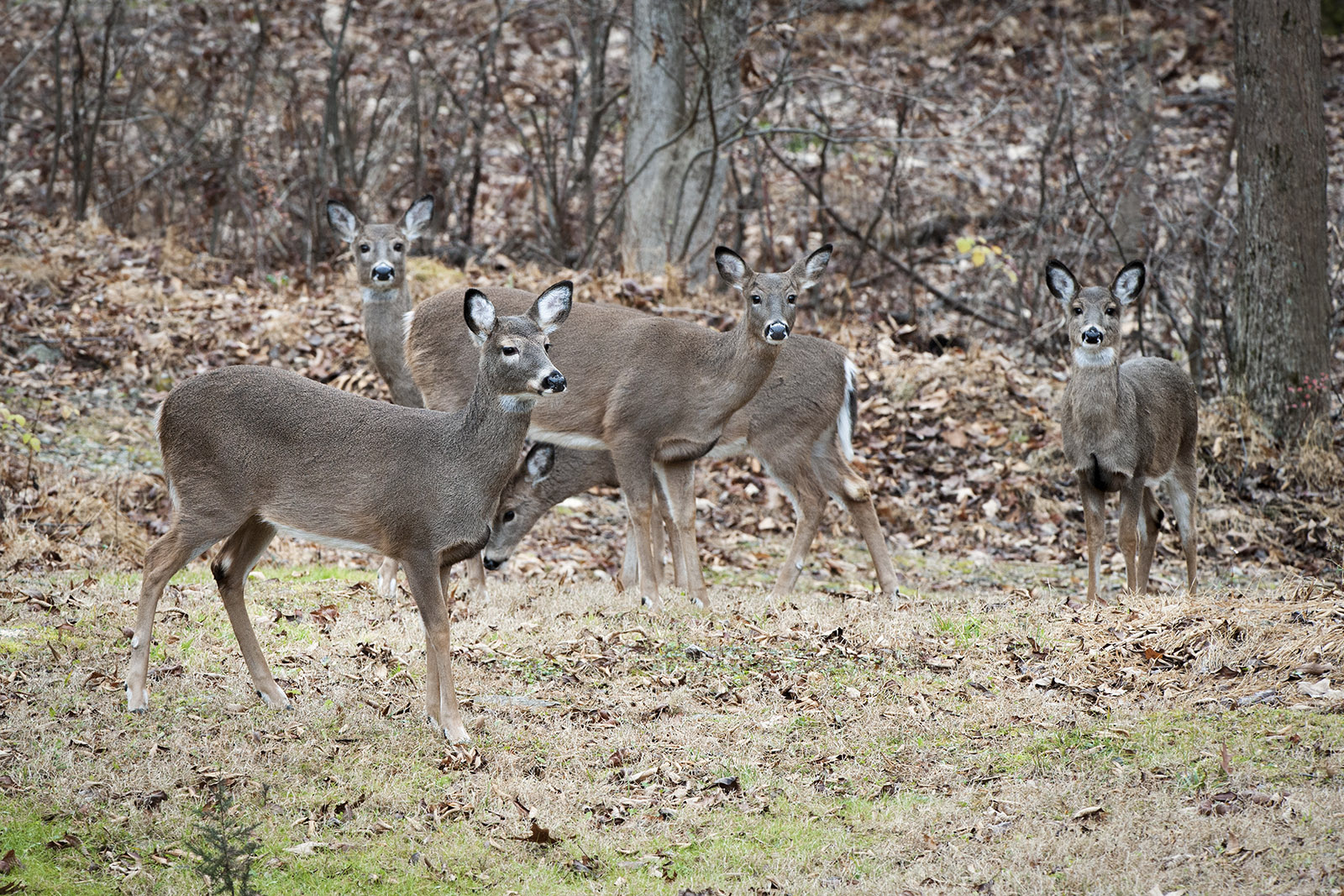By Dr. Leonard Lee Rue III for Whitetail Times
Photos by Dr. Leonard Lee Rue
There is no denying that Charles Darwin is one of the greatest biologists of all time, one whose life’s work changed the thinking of the entire world, whether many people do or do not know what he did. It was Darwin’s book “On the Origin of Species” published on November 24, 1859, that explained his theory of how all life had descended from simpler related forms—that we are all related. That was not the first documentation of evolution, as his book had followed papers written on the subject by both Darwin and Alfred Russel Wallace, in 1858. They had not used the words “survival of the fittest” but had called the topic “natural selection.” In 1864, Herbert Spencer, writing his book “Principles of Biology,” came up with the phrase “survival of the fittest” instead of using “natural selection.” Both Darwin and Wallace, agreed that “survival of the fittest” better described what they were writing about and thereafter used that term in their own books.
I have written about “survival of the fittest” of deer before. I explained the main objective of every living creature, to live long enough to produce enough young that lived to produce young of their own so that the species does not become extinct. Unfortunately, too many species in the world today are in extreme danger of becoming extinct, with climate change being a huge part of the problem.
Most creatures live in a “might makes right” society. We may not like that thought, but it is instilled in us by evolution and we really can’t do much about it; it is internalized. That old adage holds true even within the human race, although we may not mention it and the term “might” takes on many different forms. It has been proven, scientifically, that even newborn babies are more drawn to an attractive person than one who looks like the rest of us. All through an attractive person’s life, more attention will be paid to them than to others.
“Might” also pertains to wealth and, in many cases, money takes precedence over looks. Wealthy people are usually better educated, taken better care of physically, live in fancier homes, and have many more, and much more, attractive assets. Those assets almost always attract better-looking people, some of which may only have their “looks” to propel their upward ability. In many cases with humans, it is might that makes right, because people in better physical condition are more attractive or they are powerful enough to make other people do what they want to have done.
And, so it is with deer.
If you know anything about deer, you know that the biggest, best, most healthy bucks do the bulk of the breeding and that is as it should be for the betterment of the species. A dominant buck is usually capable of keeping lesser bucks away from the doe he is tending. He is not always able to keep rival bucks from breeding his estrus doe. While he is busy fighting or chasing off a rival buck, a lesser buck may slip in and breed the estrus doe. She will only be in a receptive mood for about 36 hours and due to her inherent will to survive, is anxious to be bred. Identical twins are the offspring of one buck breeding the doe and fertilizing her egg, which then splits to produce two identical offspring. However, it has been proven by genetics that fraternal twin fawns have a 25 percent chance of being the offspring of two different bucks.
The genes of the dominant, big antlered buck are extremely important, and I don’t mean to take anything away from that. It’s a lesson I learned as a kid on the family farm when we paid to have our cows bred artificially to the best dairy bulls in the country that we could have never afforded to own. We did it because the offspring heifers gave more milk when they became adult cows. While most hunters don’t talk of it, they should realize that the genes of the dominant doe, because of her status in life, will have more impact on the development of her fawn than will that of the buck. All a dominant buck contributes to the fawn is his genes, through his sperm, while she teaches her fawns what they need to know about life by constantly showing them all she has learned about surviving.

Pictured here is a family group of does in December. Does usually stay in their original family group until they are 3 years old, when they split off to establish their own family group.
By being the dominant doe, she will have the best birthing territory, which means that her fawns will have the least possible chance of being taken by predators. That is an exceedingly important first step. It also teaches the buck fawns to seek out the densest hiding spots during the future hunting seasons.
The dominant doe in a family group is usually the mother that started each individual group, and all members are used to being guided and dominated by her. That dominant doe of that particular family may not be the dominant doe when several family groups are feeding in the same area. Does usually stay in their original family group till they are 3 years old and then split off to establish her own family group. At 3 years of age, a doe will have probably learned all the basics that could be taught to her. However, learning experiences never stop occurring as you have undoubtedly learned, living your own life. The dominant doe will usually be the oldest, biggest, most experienced doe in the entire group, who has fought with and beaten the lesser does to prove that point. We always hear about the bucks fighting, but over a lifetime I have found that does fight far more often than bucks do. The bucks fight during the breeding season whereas does fight constantly throughout the year over status, food, and territory.
By being dominant, the doe has the first chance to eat the best of whatever is available or is the first to eat when food is scarce. Her fawns will have the same opportunity because the dominant doe makes that possible and this will provide them with a tremendous growth advantage from the very beginning that they may be able to maintain over their entire lives.
The late Dr. Leonard Lee Rue III was considered to be one of the foremost authorities on white-tailed deer, having written 31 books and more than 1,500 magazine articles and columns on the topic.
©Virginia Deer Hunters Association. For attribution information and reprint rights, contact Denny Quaiff, Executive Director, VDHA.



